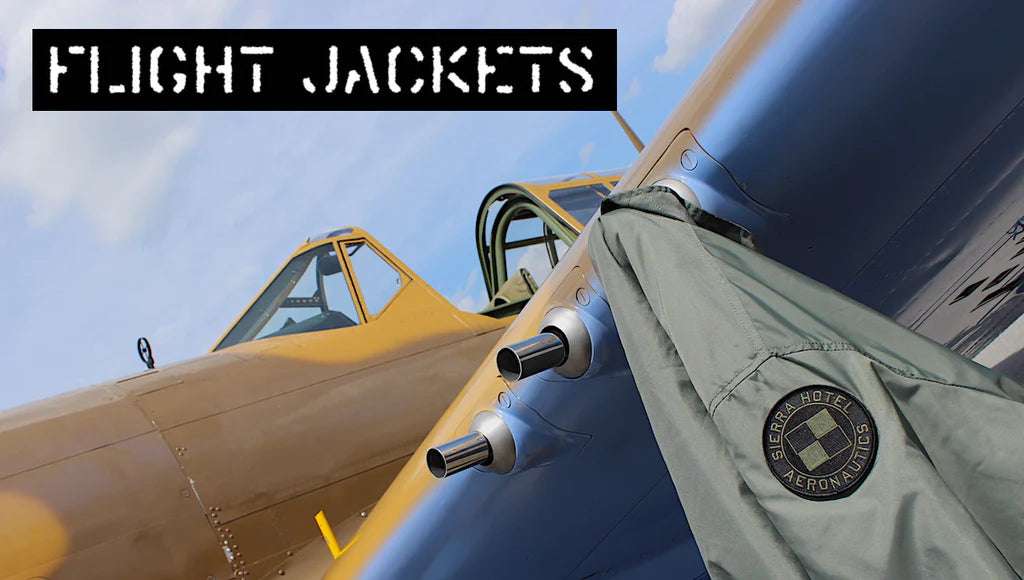Liberty Bell 7

July 21st, 1961, Virgil "Gus" Grissom launched away from Cape Kennedy on the second Project Mercury flight, Mercury-Redstone 4, more famously known as Liberty Bell 7.
The successful sub-orbital flight lasted 15 minutes and 37 seconds, proudly making Grissom the second American in space.
After a successful re-entry and splashdown, emergency explosive bolts built into the capsule unexpectedly fired and blew the hatch off, causing water to quickly flood into the spacecraft.

Grissom managed to exit the spacecraft through the open hatch, and into the ocean, almost drowning as water quickly filled his spacesuit. As Grissom fought to stay afloat, the recovery helicopter continued to attempt to lift and recover the capsule, but sadly, the water filled spacecraft proved to be too much of a load, and was cut loose, disappearing under the ocean surface.
Grissom asserted he had done nothing to cause the hatch to blow, explaining that he had gotten ahead in the mission timeline and had pulled the pin that released the metal trigger for the explosive egress hatch. Once the pin was removed the trigger was no longer held in place and could have inadvertently fired as a result of ocean wave action, or bobbing due to the helicopter rotor wash.

Initiating the explosive egress system called for pushing or hitting the metal trigger, which many said might leave a large, and obvious bruise on the astronaut's hand, but Grissom was found not to have any of the tell-tale bruising. Still, controversy remained....
Sadly, an otherwise successful mission was tainted by questions surrounding the cause of the blown hatch, and if Grissom was ultimately the cause for the sinking of Liberty Bell 7.

At 7:15 am on October 3, 1962, fellow Mercury astronaut Walter Marty Schirra Jr lifted off aboard his Mercury flight, named Sigma 7, and after a successful spaceflight and return, in an act of honour, true loyalty and friendship, Mercury astronaut Wally Schirra, remained inside his spacecraft until it was safely aboard the recovery ship USS Kearsage, and then, and only then, did Wally deliberately blow the explosive hatch to get out, injuring himself in the process, all to show the resultant and obvious bruising left on his hand.
The bruises on Wally's hand were deliberate and served as scientific proof without any shadow of a doubt that Gus Grissom DID NOT BLOW THE HATCH!
Sadly, on January 27th, 1967- Launch Complex 34 - Cape Canaveral – The crew members of AS-204; Command Pilot Virgil "Gus" Grissom, Senior Pilot Edward H. White and Pilot Roger B. Chaffee were tragically lost during a Command Module cabin fire during a "plugs-out" test with a cabin pressurized with pure oxygen which provided a capsule environment in which materials not normally considered highly flammable will burst into flame. During the test, a voltage transient was recorded, and within seconds the crew of Apollo 1 were gone...

In his autobiography, Deke Slayton, Chief Astronaut, wrote,
"One thing that would probably have been different if Gus had lived: the first guy to walk on the moon would have been Gus Grissom, not Neil Armstrong."













Leave a comment